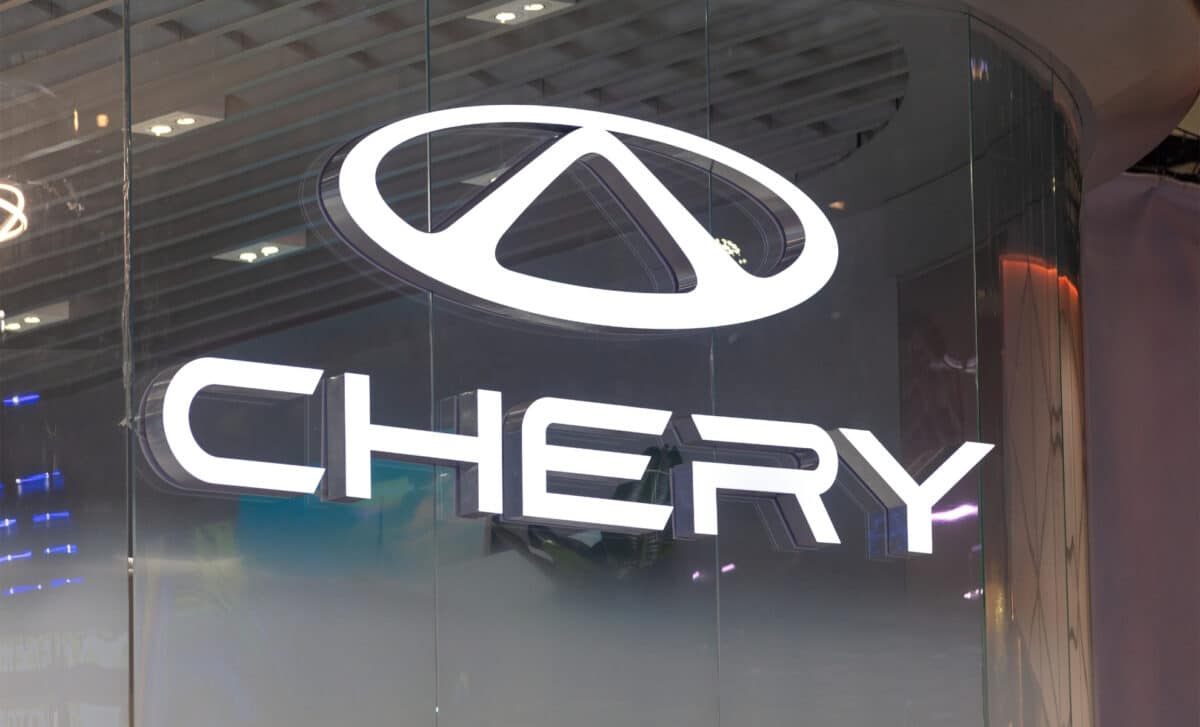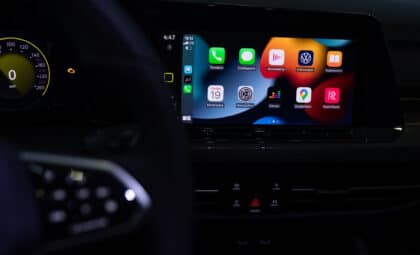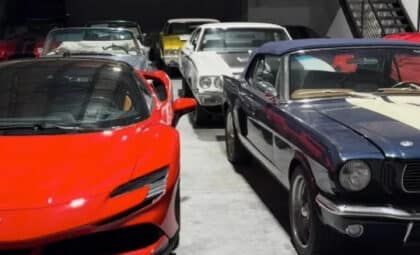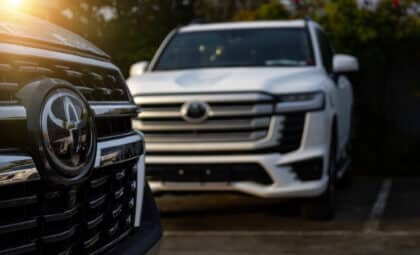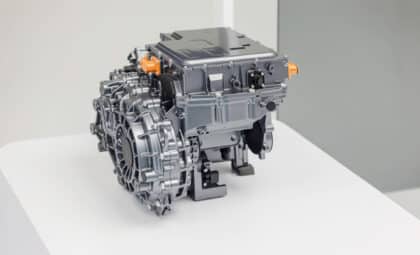Solid-state technology has long been viewed as the next frontier for electric vehicles, and Chery’s announcement adds momentum to a field already dominated by aggressive innovation. Alongside improvements in charging speed and fire safety, this latest development suggests a potential leap that’s less about incremental progress and more about rewriting the rulebook for EV design and performance.
Though still in the prototype stage, the battery’s specifications and safety test results have turned heads. With China’s EV industry pushing full steam ahead and established players like Toyota already deep in the game, the competition to mass-produce solid-state batteries is now officially accelerating.
Energy Density That Doubles the Standard
The standout figure in Chery’s announcement is the 600 Wh/kg energy density, a number that clearly surpasses the 200–260 Wh/kg seen in today’s nickel-cobalt-aluminum battery cells, like those found in Tesla’s Long-Range and Performance models. This marks a pivotal shift in the balance between battery weight and power output.
As reported by Popular Mechanics, Chery’s battery isn’t just about raw range; it’s also about structural efficiency. By using a solid electrolyte instead of a flammable liquid, the company reduces both weight and internal complexity, helping optimize the vehicle’s overall power-to-weight ratio.
To put this into perspective, the current longest-range EV on the market, the Lucid Air Grand Touring, tops out at just over 500 miles per charge. Chery’s prototype aims for a real-world range of 1,300 kilometers (approximately 807.7 miles), which would dramatically alter consumer expectations—if it reaches production.
Breakthrough in Battery Safety
Beyond performance, Chery’s prototype also delivers on one of the industry’s most urgent concerns: battery safety. According to early testing reported in the article, the battery remained stable during both nail penetration tests and power drill assaults, showing no fire, smoke, or catastrophic failure.
This is a result of the solid-state architecture, which replaces the traditional flammable liquid electrolyte with a solid material that is inherently less volatile. As noted in the article, this design significantly reduces the risk of thermal runaway, a dangerous chain reaction that can lead to fires or explosions in conventional lithium-ion batteries.
Additionally, solid-state cells can be formed into more flexible shapes, allowing automakers greater freedom in integrating them into future vehicle designs without compromising on structure or stability.
A Race Led by China, but with Global Stakes
Chery’s efforts place it among a growing number of Chinese companies racing to dominate the solid-state battery space, alongside giants like BYD and CATL. According to Car News China, Chery plans to begin a pilot program in 2026, followed by large-scale rollout a year later—potentially leapfrogging its domestic competitors if the timeline holds.
Yet while smaller companies move quickly, established players like Toyota continue to shape the field. With 1,700 patents related to solid-state battery technology (over 1,500 currently active), Toyota holds a significant intellectual lead. The Japanese automaker has also partnered with Idemitsu Kosan, a national energy firm, to help deliver solid-state cells to market as early as 2027.
Despite differences in strategy, the goal is the same: to be first to scale up production while ensuring reliability and cost-efficiency. Cost remains a hurdle, with solid-state batteries currently up to 2.8 times more expensive than traditional packs due to complex materials and lower production yields.

